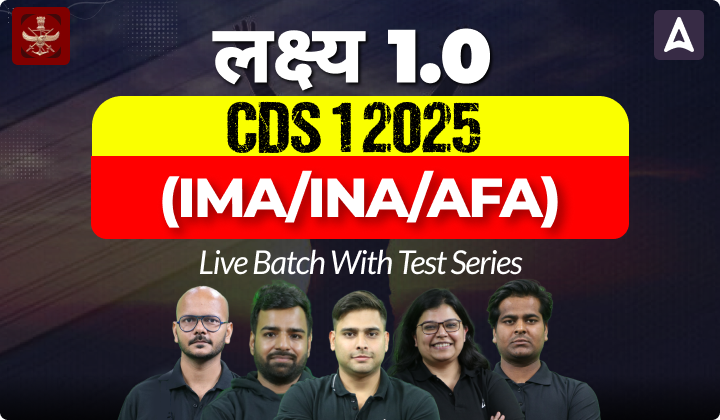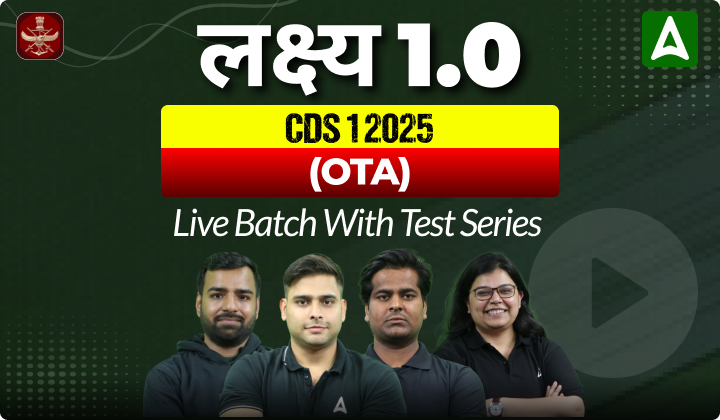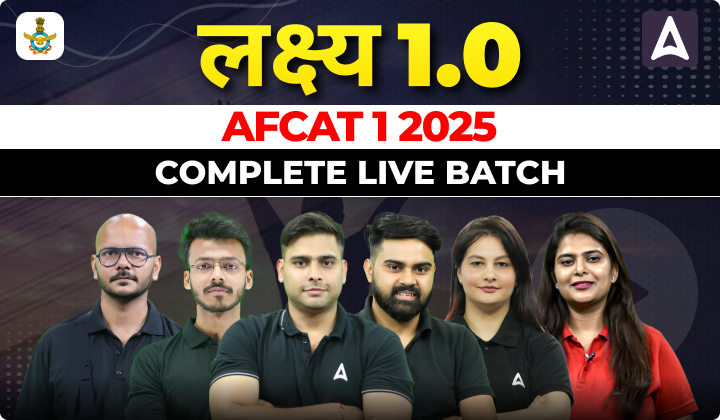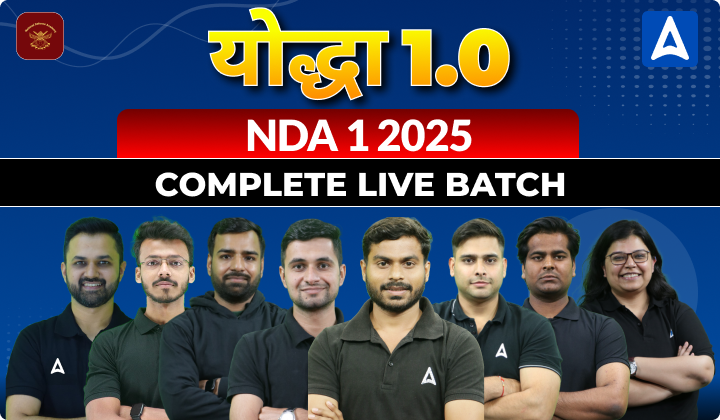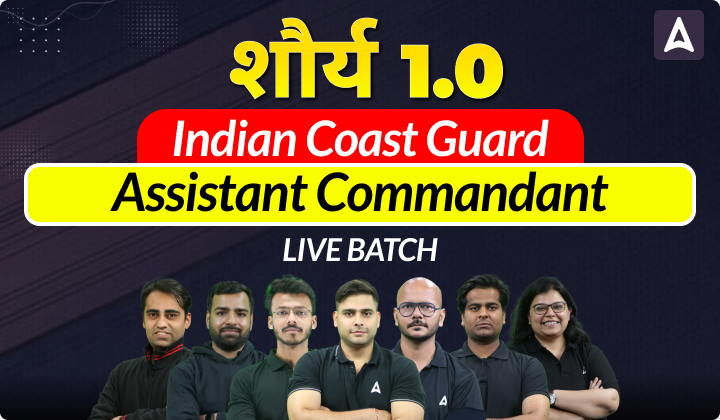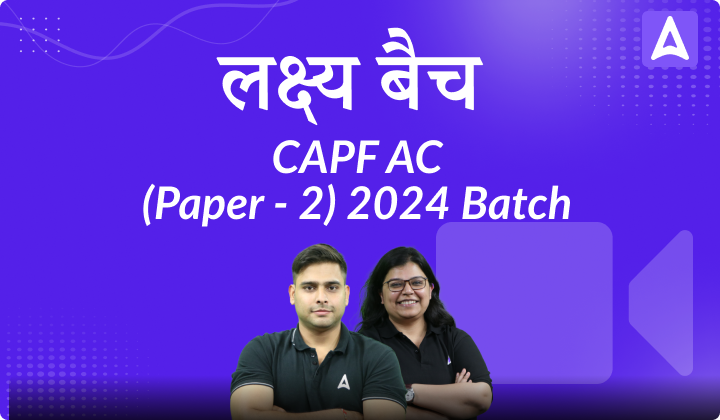Indian Air Force

The Indian Air Force is the air arm of the Indian Armed Forces. Its complement of personnel and aircraft assets ranks fourth amongst the air forces of the world. Its primary mission is to secure Indian airspace and to conduct aerial warfare during armed conflict. The President of India holds the rank of Supreme Commander of the IAF. The Chief of Air Staff, an Air Chief Marshal, is a four-star officer and is responsible for the bulk of operational command of the Air Force.
IAF Motto
The Motto of Indian Air Force has been taken from eleventh chapter of the Gita, the Discourse given by Lord Krishna to Arjuna on the battlefield of Kurukshetra during the Great War of Mahabharata. The Lord is showing His Supreme Divine form to Arjuna and the great form of the Lord is reaching the sky with glory, evoking fear and loss of self-control in the mind of Arjuna. The Indian Air Force, similarly, aims to overwhelm the adversaries with application of aerospace power in defence of the nation.

Lord, seeing your form Touching the Sky With Glory, effulgent, multi-coloured, having its mouth wide open and possessing large flaming eyes, I, with my innermost self frightened, have lost self-control and find no peace.
Indian Air Force Flag

The Air Force ensign, different from the Air Force Colours, is blue in colour, containing the National Flag in the first quadrant and a roundel consisting of the colours of the National Flag i.e. saffron, white and green in the centre. This ensign was adopted in 1951.
History of IAF
The Indian Air Force took off as a tiny fleet with four Westland Wapiti army co-operative by-planes, six RAF trained officers and 19 Hawai Sepoys. Today, it is the fourth largest Air Force in the world with a highly technical and specialised fighting force that safeguards our skies against enemy invasions.
The Indian Air Force was officially established on 8 October 1932. Its first ac flight came into being on 01 Apr 1933. It possessed a strength of six RAF-trained officers and 19 Havai Sepoys (literally, air soldiers). The aircraft inventory comprised of four Westland Wapiti IIA army co-operation biplanes at Drigh Road as the “A” Flight nucleus of the planned No.1 (Army Co-operation) Squadron.
A glance at the annals of its history will help us understand the glorious years of our legendary Air Force.
[8th October 1932- 1st April 1954] The Two Births
The two dates, mentioned above, are landmarks in the history of the Indian Air Force. On 8 October 1932, the Indian Air Force came into being and on 1st April 1954 Air Marshal Subroto Mukherjee, one of the founding members of the Air Force took over as the first Indian Chief of Air Staff.
The interim witnessed the most bloodiest war in the history of mankind, for the second time-World War II. The IAF lent its support to UK during the war. KK Majumdar, one of the legendary heroes of the Indian Air Force was rated one of the twelve best pilots of the Allied Air Forces. The same decade also saw the birth of an Independent India followed by the formation of the Indian Air Force, as we know it today.
[1955-1971] A Period Of Turmoil
This was the time the Indian Air Force entered a new era with the acquisition of jet aircraft. The period also saw the two Indo-Pak wars, both of which were marked by the neutralisation of Pakistani Air efforts by the Indian Air Force. The IAF also contributed to the UN Peace keeping mission in Congo as well as the Sino India Conflict, with dedication and commitment.
[1972-1990] A TIME OF PROGRESS
Over the next two decades the Indian Air Force undertook massive upgrading of its aircraft and equipment. As part of the process, the Indian Air Force introduced over twenty new aircraft types. Jaguars and several variations of the MiG were among the aircraft introduced to replace the Dakotas and the Packets. The MiG is a revolutionary aircraft that was introduced to the Indian fleet in the eighties.
The same period also witnessed a number of world records set by Indian Air Force personnel. Sqn Ldr Makkar and Flt Lt RTS Chinna set a world record by bombing from their Mi-17 helicopter in Ladakh at an altitude of 5050 meters. Sqn Ldr Sanjay Thapar, was the first Indian to para jump over the South Pole. Exploring new vistas, Sqn Ldr Rakesh Sharma was the first Indian cosmonaut to venture into outer space as part of an Indo-Soviet space program.
[1990 – Present] Piloting India Into The New Millennium
The last decade of the twentieth century saw a phenomenal change in the structure of the Indian Air Force with induction of women into the Air Force for short service commissions. It was also a time when the Air Force undertook some of the most perilous operations ever undertaken.
In 1999, the Indian Air Force undertook “Operation Safed Sagar”, the most unique air operation undertaken by any air force in the world. An air attack was launched and won at an unprecedented height, under hostile climatic conditions against an intruding enemy. The Indian Air Force also participated in the peacekeeping mission at Somalia as part of a humanitarian operation.
IAF Organization Set Up
Indian Air Force is headquartered in New Delhi. For effective command and control, the IAF has seven command, under which there are different stations and units located at various places throughout the country. The organization’s chart shows the establishment of the Indian Air Force at a glance.
Quarter of aster
- Western Air Command
- Eastern Air Command
- Central Air Command
- South Western Air Command
- Southern Air Command
- Training Command
- Maintenance Command
Branches At Air Hq And Psos
Air Chief Marshal Rakesh Kumar Singh Bhadauria PVSM AVSM VM ADC took over as the Chief of the Air Staff on 30 September 2019. An alumnus of the prestigious National Defence Academy, he graduated from the Air Force Academy with the coveted ‘Sword of Honour’ and was commissioned in the fighter stream of Indian Air Force on 15 June 1980.

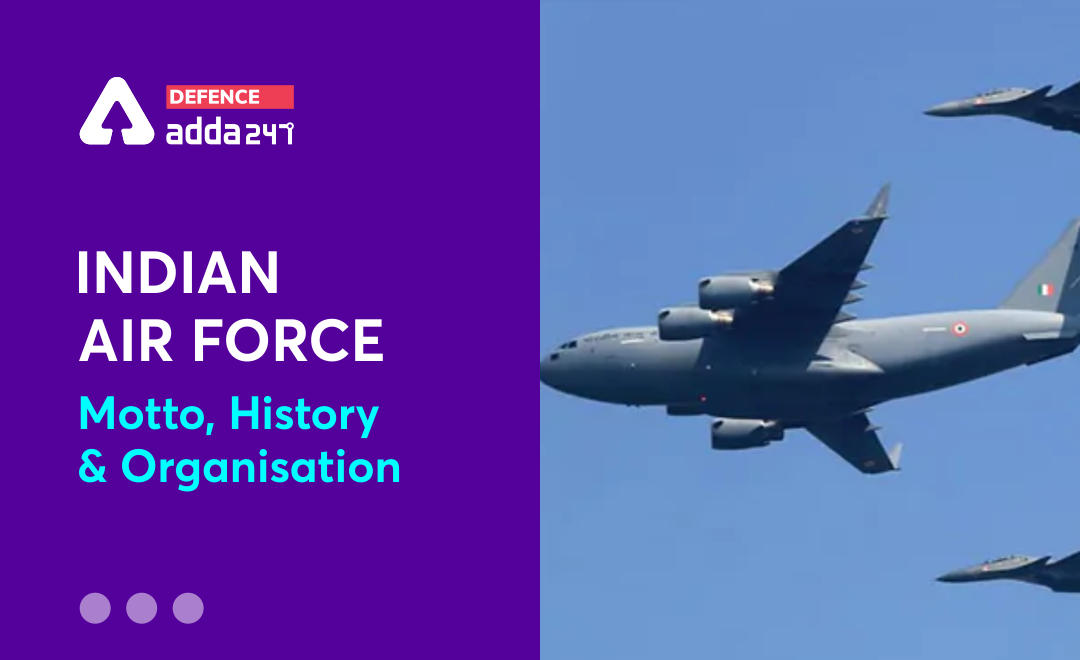




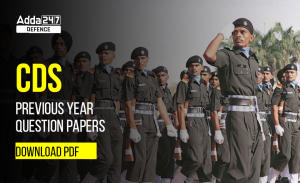 CDS Previous Year Question Papers, Downl...
CDS Previous Year Question Papers, Downl...
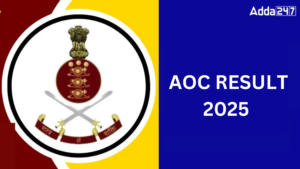 AOC Result 2025 Out, Download Link Activ...
AOC Result 2025 Out, Download Link Activ...
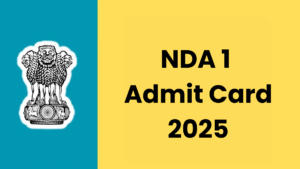 NDA 1 Admit Card 2025 Out, Download NDA ...
NDA 1 Admit Card 2025 Out, Download NDA ...

